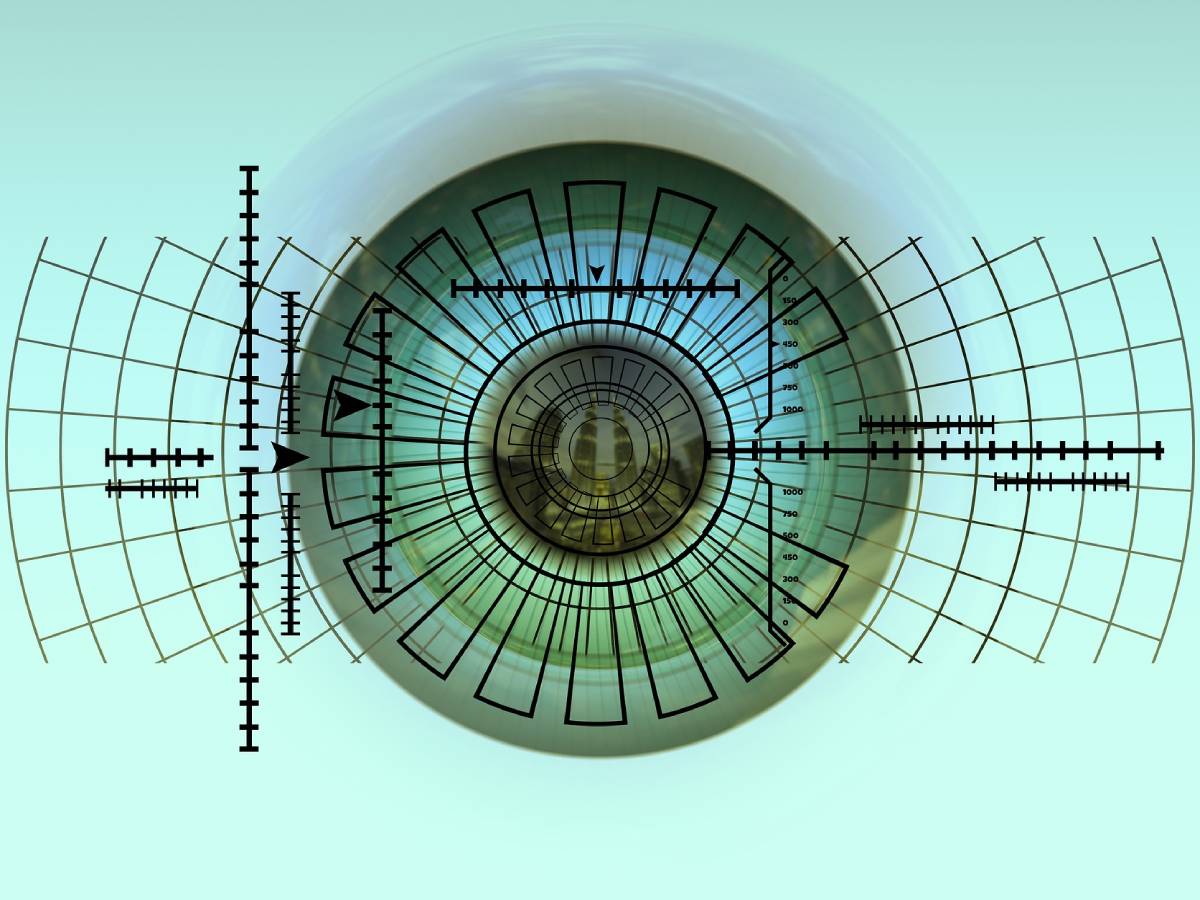Double is not automatically better: conscientious handling your data is the be-all and end-all.
Two-factor authentication ( 2FA ) is a “strong customer authentication” measure that checks whether an electronic payment transaction is legitimately made. The 2FA consists of a first factor for the identity of a user, which consists of a username and password, and a second, independent factor. The latter must either be something that only the rightful owner of an account can know, possess or be.
This ensures that potential hackers find it difficult or impossible to access third-party data. The 2FA promises users greater security against unauthorized access and data misuse. But does 2FA only offer advantages, or does it also entail risks?
Table of Contents
The Two-Factor process is a clear opportunity.
Modern solutions generate one-time passcodes via tokens and apps or also use the biometric functions of smartphones and tablets. These processes usually run isolated on a second device. This makes it difficult, if not impossible, for a hacker to complete signing into an account that is not theirs or authenticate for a purchase they are not authorized to make without access to that device. With 2FA, an additional difficulty for attackers is that passcodes are tied to the original session. This means that even if login data is read, hacked passwords cannot be used again in a new session. Therefore, the benefit of multiple authentications against hacker attacks is undisputed and an opportunity in the digital age. However, the implementation and use of authentication measures play a crucial role in ensuring that users are protected.
And As A Possible Risk.
The “Default” Password
Risks often arise from users not handling their data responsibly enough. It is enough to choose an insecure or uniform password for several accounts. Especially when a user selects a password for more than one service and changes it only rarely or not at all, he is exposed to the risk that an attacker who hacks any of these services will gain access to many of the user’s access points with the same password.
Security Versus Usability
Another aspect that should be considered when discussing the risks of IT security solutions is user-friendliness. In terms of mobility and flexibility, token solutions stand out positively from alternatives. However, they have deficiencies in handling, safety, and cost. A token must be assigned to a user; if the latter loses the device, time-consuming workarounds for temporary access would be necessary. Also, tickets are expensive due to their short lifespan of three to four years. In addition, a token’s flexibility is limited because the user must carry it with him at all times. In this case, usability suffers from security.
To increase user comfort again, “adaptive” two-factor processes are used. To do this, providers use IP or MAC addresses or locations that users automatically transmit for authentication. As a result, they share access to accounts and payment options without the user having to interact. For him, the registration or authentication is reduced to entering his name and password – which is not in the sense of a 2FA. Thus, the aspect of usability beats that of security.
Biometric Distortion
Other risks can arise in the area of biometric systems. Physical characteristics are individual, but they do not automatically protect against misuse. If a system is not geared towards recognizing that someone is alive, a photo of a face or eye can be used to trick it.
A test by the Chaos Computer Club (CCC) showed that placing a contact lens over a photo of an eye was enough to replicate the shape of a natural eye. This is how you fooled the iris scan of a smartphone. Even fingerprint scans are not entirely secure; fingerprints are left everywhere, especially on your smartphone. As a result, this practice already brings the key to the lock with it.
However, it must be mentioned that technical processes are constantly being further developed, and there are now biometric systems that reliably recognize whether a photo is just being held in front of the camera or whether the natural person is standing in front of it in three dimensions.
The Best-Case Scenario
Two-factor authentication offers an undisputed benefit: it verifies whether e-commerce transactions are legitimate. Through the generation of one-time passwords, TANs, or unique biometric features, it is individual and thus effectively protects against hacker attacks in several steps. However, 2FA is only as secure as the developer makes it or the user adheres to it. A genuinely secure 2FA must not switch down by a factor on its own to increase usability, as in the case of adaptive two-factor methods.
In addition, 2FA is not a guarantee of security. If you enter your data on a fraudulent website, even a particularly secure procedure can no longer protect against unauthorized access. Every user must handle their data responsibly.

